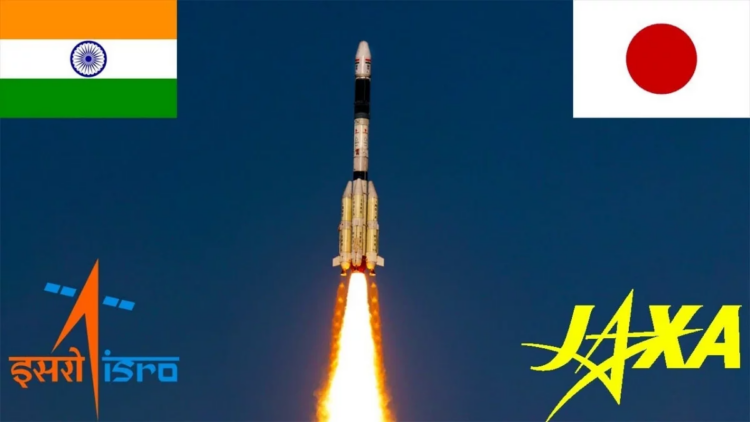In a collaborative endeavour that’s rapidly gaining momentum, the forthcoming lunar mission by the Indian Space Research Organization (ISRO) is poised to join hands with its Japanese counterpart. This initiative, named the Lunar Polar Exploration Mission (LUPEX), represents a partnership between the Bengaluru-based Indian space agency and the Japan Aerospace Exploration Agency (JAXA).
The crux of the mission involves the cooperative efforts of JAXA and ISRO, with each entity spearheading distinct components: the development of the rover falls under JAXA’s domain, while ISRO is in charge of crafting the lander. Remarkably, the rover will not only accommodate instruments from ISRO and JAXA, but also those contributed by the US-based NASA and the European Space Agency (ESA).
Saku Tsuneta, Vice-Chair of Japan’s Cabinet Committee on National Space Policy and Director General of the National Astronomical Observatory of Japan, embarked on a visit to ISRO headquarters earlier this month. During this visit, he engaged in a productive dialogue with Somanath S., Chairman of ISRO, to delve into the evolution of the LUPEX mission. Among various topics, deliberations on the creation of a scaled-down lander for the LUPEX mission took centre stage, as indicated by an ISRO spokesperson.
LUPEX, as per JAXA’s articulation, carries the overarching purpose of assessing the viability of the lunar polar region for establishing a sustainable base, exploring the potential of water-ice resources on the lunar surface, and showcasing the prowess of exploration technologies pertinent to lunar and planetary landscapes, encompassing vehicular transport and prolonged survival in alien environments.
Proposals for integral instruments within the LUPEX mission have been furnished by the Ahmedabad-based Physical Research Laboratory (PRL), an autonomous entity under the aegis of the Department of Space. The central focus of these instruments is to conduct meticulous assessments on the lunar surface and subsurface, particularly within the realm of the perpetually shaded polar region.
One instrument proposal, christened Permittivity and Thermo-physical investigation for Moon’s Aquatic Scout (PRATHIMA), holds the objective of detecting and quantifying water-ice intermingled with lunar surface and subsurface soil. The platform for achieving this mission is a combined rover and lander.
A complementary instrument concept, the Lunar Electrostatic Dust Experiment (LEDEX), aims to identify charged dust particles within the volatile-rich polar region. Furthermore, it endeavours to corroborate the phenomenon of dust levitation in this locale, simultaneously approximating the size and flux of charged, levitated dust particles.
An insider from ISRO has divulged that the LUPEX mission is charted for launch in the year 2025.



















Comments